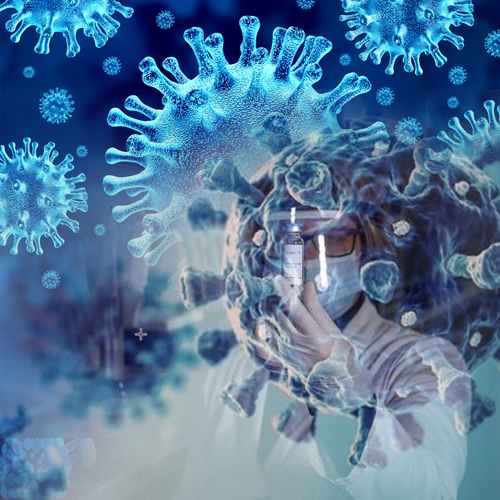
Much of Europe has been under the threat scanner of the coronavirus variant that originated in Spanish farm workers and is spreading rapidly, since summer.
In a research paper to be published soon, an international team of scientists that has been tracking the virus through its genetic mutations has described the extraordinary spread of the variant, called 20A.EU1. Their work suggests that people returning from holiday in Spain played a key role in transmitting the virus across Europe, raising questions about whether the second wave that is sweeping the continent could have been reduced by improved screening at airports and other transport hubs.
Because each variant has its own genetic signature, it can be traced back to the place it originated.
“From the spread of 20A.EU1, it seems clear that the [virus prevention] measures in place were often not sufficient to stop onward transmission of introduced variants this summer,” said Emma Hodcroft, an evolutionary geneticist at the University of Basel and lead author of the study which is yet to be published in a peer-reviewed journal.
The scientific teams in Switzerland and Spain are now rushing to examine the behaviour of the variant to establish whether it may be more deadly or more infectious than other strains. Dr Hodcroft stressed that there was “no evidence that the variant’s [rapid] spread is due to a mutation that increases transmission or impacts clinical outcome”.
But she emphasised that 20A.EU1 was unlike any version of Sars-Cov-2 - the virus that causes Covid-19 - she had previously come across.
“I’ve not seen any variant with this sort of dynamic for as long as I’ve been looking at genomic sequences of coronavirus in Europe,” she said. In particular, the teams are working with virology laboratories to establish whether 20A.EU1 carries a particular mutation, in the “spike protein” that the virus uses to enter human cells that might alter its behaviour.
All viruses develop mutations - changes in the individual letters of their genetic code - which can group together into new variants and strains. Another mutation in Sars-Cov-2, called D614G, has been identified which is believed to make the virus more infectious. Joseph Fauver, a genetic epidemiologist at Yale University who was not involved in the research published on Thursday.
“We need more studies like this to find mutations that have risen to high frequency in the population, and then reverse-engineer them to see whether they make the virus more transmissible.” The new variant, which has six distinctive genetic mutations, emerged among agricultural workers in north-east Spain in June and moved quickly through the local population, according to the study.
The researchers concluded that the “risky behaviour” of holidaymakers in Spain - such as ignoring social distancing guidelines - who “continue to engage in such behaviour at home” helped the spread of the new variant. The research showed that the new variant accounted for more than eight out of 10 cases in the UK, 80 percent of cases in Spain, 60 per cent in Ireland and up to 40 per cent in Switzerland and France. Stringent lockdowns in the early part of the year helped bring the initial Covid-19 surge under control, with new cases substantially reduced over the summer. But the virus has spread rapidly back through Europe in recent weeks in a resurgence that has forced national leaders to introduce painful new restrictions on social activities.
See What’s Next in Tech With the Fast Forward Newsletter
Tweets From @varindiamag
Nothing to see here - yet
When they Tweet, their Tweets will show up here.




























